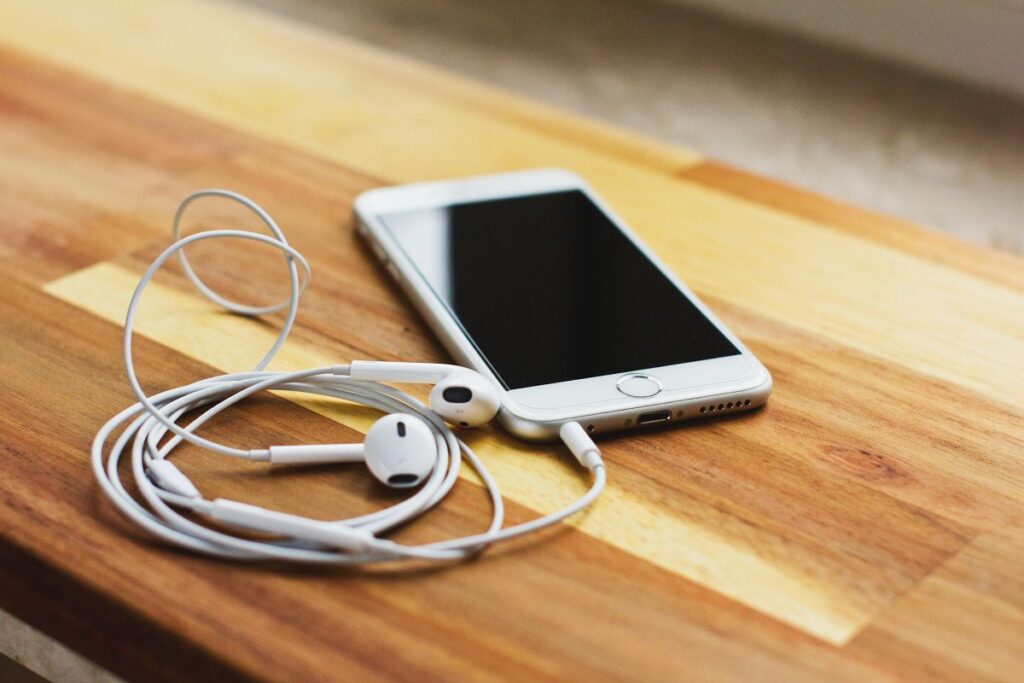
We love music and if your reading this, you likely do to. Thanks to the ubiquitous smartphone we can conveniently enjoy our favorite tunes any time we want for hours on end. The only downside is we can also enjoy our music as loud as we want and that can cause irreversible noise induced hearing loss.
The World Health Organization estimates that a billion young people worldwide could be at risk of hearing loss due to unsafe listening practices.
How Loud Is Too Loud
According to the World Health Organization users of personal audio devices typically choose to set the volume between 75 to 105 dB. That’s a problem.
Consider this: the safe sound level for 8 hours of exposure is 80 decibels which is about the same level as a vacuum cleaner or an alarm clock. The safe time limit for listening at 100 dB which is equivalent to a loud motorcycle or lawn mower is a mere 15 minutes.
Nearly 50% of people in mid to high income countries aged 12–35 are exposed to unsafe levels of sound from the use of personal audio devices.
Note: The Decibel (dB) scale is not a linear scale like a tape measure. Sound levels double every 3 dB. This means that increasing the volume from 80 dB to 86 dB is four times louder while 80 dB to 89 dB is
Tips for Safe Listening
It’s fairly easy to make listening to music safe from noise induce hearing loss. Hear are the tops 5 tips we found:
- Substitute Headphones for Earbuds
Earbuds are small, so they get close to your eardrum and the music has almost no distance to dissipate. Also, not all earbuds block the ambient sound which means you must turn your music up louder than what’s around you easily exceeding safe limits. Over the ear headphones have the advantage of blocking outside noise so you can then reduce the volume to a safer level. Noise canceling headphones take it one step further by electronically blocking ambient noise so that you can listen at a lower volume. - Set A Safe Volume
Safe volume are generally 60% – 70% of the maximum volume. A good rule of thumb is if someone standing 1 metre from you has to shout to get your attention, it’s probably too loud. - Limit Listening Time
While it is important to keep the volume down, experts suggest that limiting the use of personal audio devices to less than one hour a day would do much to reduce noise exposure. Realistically you can extend the listing time by reducing the volume to decrease your overall exposure. - Take Listening Breaks
Some experts suggest that you can extend you can extend listening times by taking regular breaks for several minutes. We found a recommendation for taking a five minutes or more long for each hour of listening. - Never Use Maximum Volume
According to Health Canada researchers found that digital audio players with stock headphones could reach 101-107 dB. With aftermarket headphones sound levels reached as high as 125 dB which “pose a risk of immediate, serious and permanent hearing loss”.
Hearing Loss Early Warning signs
The most obvious warning signs that the volume is set too high is a feeling discomfort or outright pain in your ears. Ringing in your ears is another warning sign that should not be ignored.
When it comes to hearing loss, a common first complaint is that it’s difficult to hear phone conversations or follow conversation in noisy environments such as restaurants. Other common complaints are difficulty in hearing high-pitched sounds such as doorbells, telephones or alarm clocks.
Take Action
People who suspect hearing loss should seek help from a hearing health care professional. There are just too many downsides to not getting help for mild to moderate hearing loss. For a complete hearing evaluation, call the friendly staff at Polo Park Hearing Centre (204) 788-1083 Monday to Friday between 9 a.m. and 5:30 p.m. and Saturday between 10 a.m. and 2 p.m.

